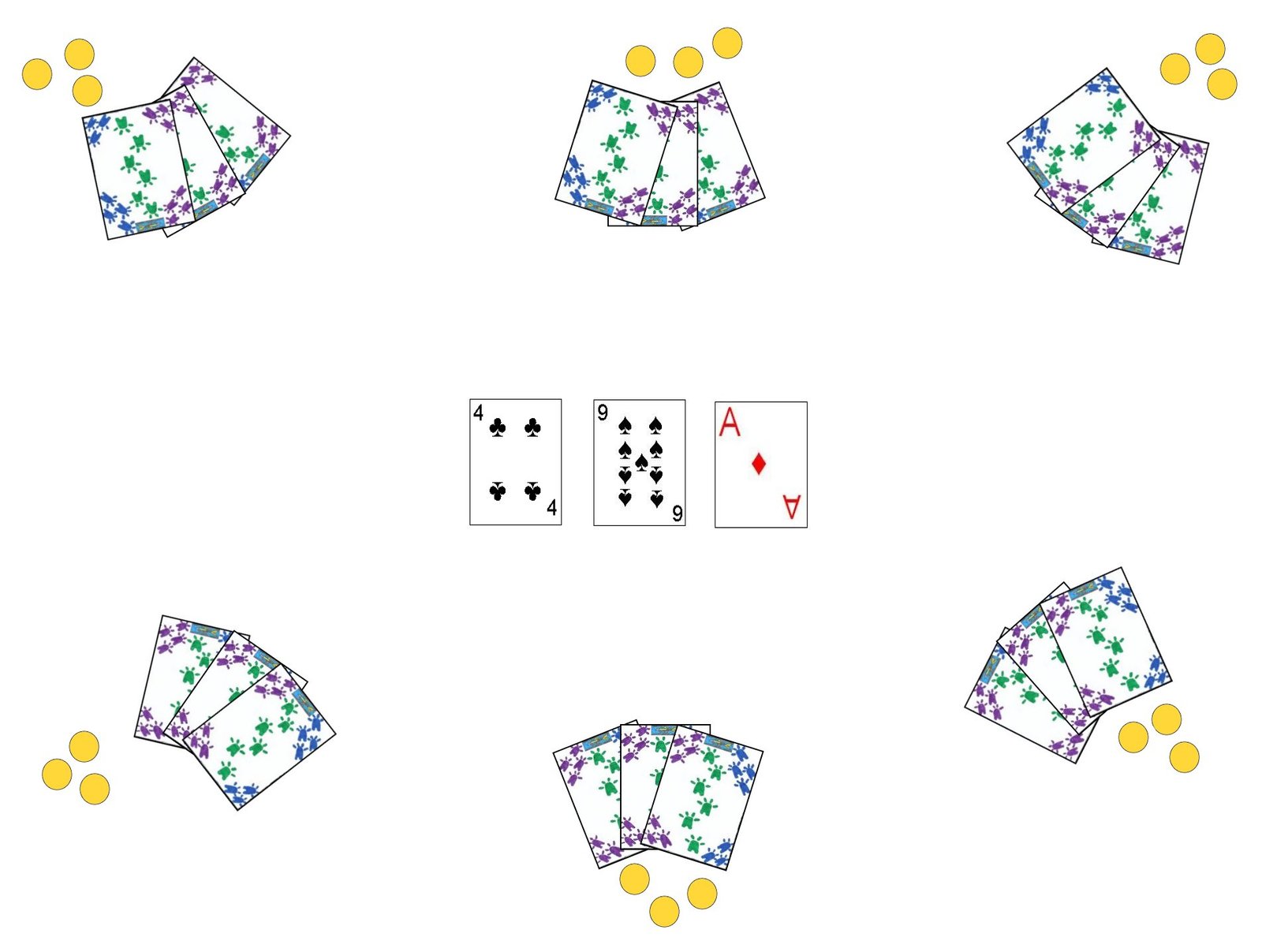Exploring the Role of Tight Ends in American Football
In the dynamic sport of American football, the position of tight end (TE) plays a pivotal role, blending the skills of a lineman and a wide receiver to contribute both in blocking and receiving. This article delves into the history, evolution, and significance of tight ends in the game.
Origins and Evolution
The tight end position has evolved significantly since its inception. Initially, tight ends were primarily blockers, often lining up next to offensive tackles to provide additional protection for the quarterback or create gaps for running backs. Over time, their role expanded to include receiving responsibilities, making them versatile assets on the field.
Skills and Responsibilities
Modern tight ends are expected to excel in both blocking and receiving. They combine the physicality and strength to engage in blocking assignments with the agility and hands to catch passes downfield. This dual role makes them valuable assets in offensive strategies, offering flexibility in play-calling and formations.
Blocking:
- Pass Protection: Tight ends are crucial in protecting the quarterback from pass rushers, often staying in to block or chip defenders before releasing into a route.
- Run Blocking: In running plays, tight ends help create lanes for running backs by engaging with defensive linemen and linebackers, using their size and strength to control the line of scrimmage.
Receiving:
- Route Running: Tight ends run a variety of routes, from short-yardage passes to deep seam routes, exploiting mismatches against slower linebackers or smaller defensive backs.
- Hands and Catching Ability: They possess the hands and concentration to catch passes in traffic, often making critical receptions in key moments of the game.
Impact in Offenses
Tight ends have become integral to modern offensive strategies, offering versatility and creating mismatches against defenses. Their ability to line up in different positions—such as on the line of scrimmage, in the slot, or split out wide—adds complexity to defensive schemes, forcing opponents to adjust and adapt.
Notable Tight Ends
Throughout NFL history, several tight ends have left an indelible mark on the game:
- Tony Gonzalez: Known for his exceptional receiving skills, Gonzalez redefined the position with his ability to make acrobatic catches and consistently produce high yardage totals.
- Rob Gronkowski: A dominant force on the field, Gronkowski combines size, strength, and athleticism, making him a favorite target in crucial situations and a key contributor to multiple Super Bowl-winning teams.
- Travis Kelce: Kelce exemplifies the modern tight end, blending route-running precision with athleticism, setting records for receiving yards and touchdowns among tight ends.
Conclusion
In conclusion, tight ends occupy a unique and indispensable role in American football. From their origins as blockers to their evolution as dual-threat players capable of both blocking and receiving, tight ends continue to shape the strategies and outcomes of football games. Their versatility, physicality, and impact on offensive schemes make them essential components of successful teams, illustrating their enduring importance in the ever-evolving landscape of professional football.




